First of all, thanks for those comments, as I try to plug the holes in the article and make it a little better.
Here’s some more of that “is that really true?” business with teapots.
I remember one of the very first things I learned with pots is that they need to be well made. Ok, but what’s well made? Well, it means that they should
1) be well made
2) pour well
3) good to handle
Now, I don’t think anybody will have any sort of problem with any of these issues, and neither do I. However, I do have some issues with the way things have been portrayed or interpreted.
For example, I have been told before that to test whether or not whether a lid is well made, one puts water into the pot, put the lid on, and then pour water out. First of all, the stream of water should be smooth and doesn’t break for a long time. Second, when you put your finger on the air hole, the stream of water should stop completely — this is, supposedly, evidence of a well fitted lid and a well made pot. Good for purchase.
That’s the part that I’m questioning these days. My black pot, which makes good tea, leaks when you pour. It does not stop flowing when you put your finger on the air hole. In fact, it hardly slows when you do that. The lid is fitted, but not well fitted, obviously. The pouring is good, but not fantastic. But… it makes good tea.
Since when did it matter whether or not a pot stops pouring entirely when you push on the air hole? How does it affect tea making? In the days before machine made pots, could one truly expect such things from a teapot?
I’m not so sure. I don’t see how that has anything to do with the making of tea. That’s an action that nobody would ever perform when pouring tea out of a pot. Obviously, a lid that is so loose as to leak water profusely out of the lid is no good, but that’s an obvious case of poor make. A pot that doesn’t stop entirely when you plug the air hole, or a pot that has a stream that starts breaking earlier than others, is not a pot that will kill you.
The lid leaking a bit when you’re pouring is a bit of an annoyance, but it’s not a deal killer either, as long as you learn how to use a pot and control it properly. The only thing I can think of when that can be a problem is when you try to do it Chaozhou style, and the lid leaks tea everywhere. But that’s something that can be managed.
If anything, I think a well made pot needs to be made of 1) good clay, 2) good pour (including a fast pour…. not too slow, as some pots are prone to do) and 3) good handling. But ultimately… it needs to make good tea. A pot that doesn’t make good tea, in my opinion, is a useless pot. I don’t know how a tight fitted lid has anything to do with it.


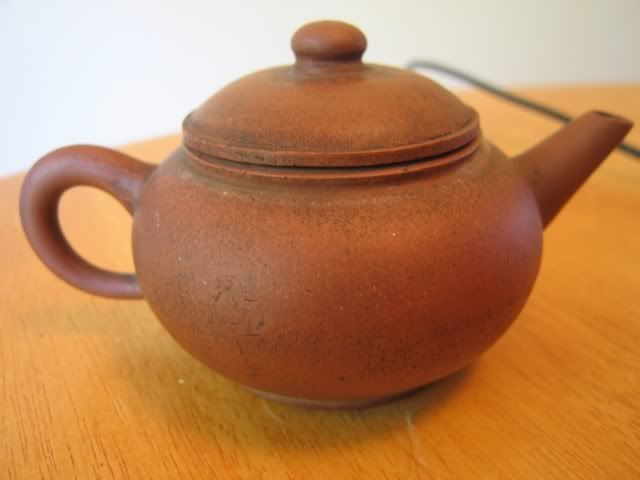
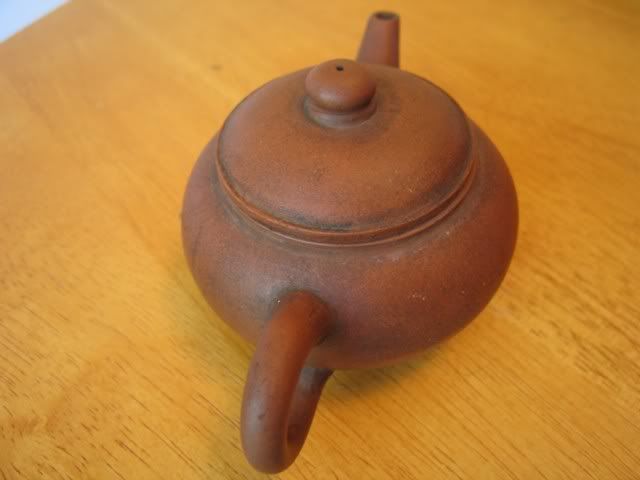
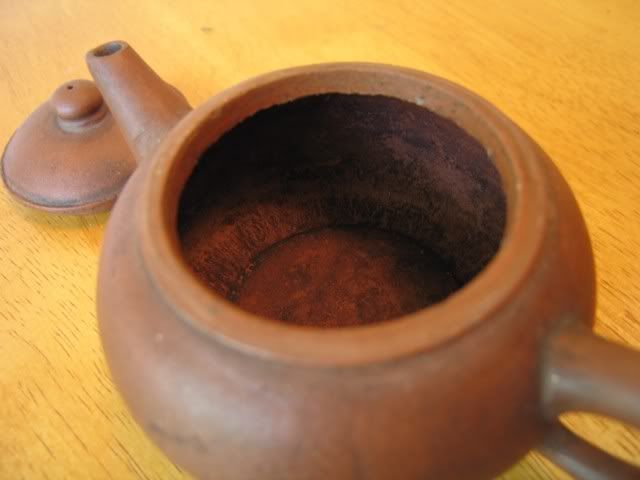

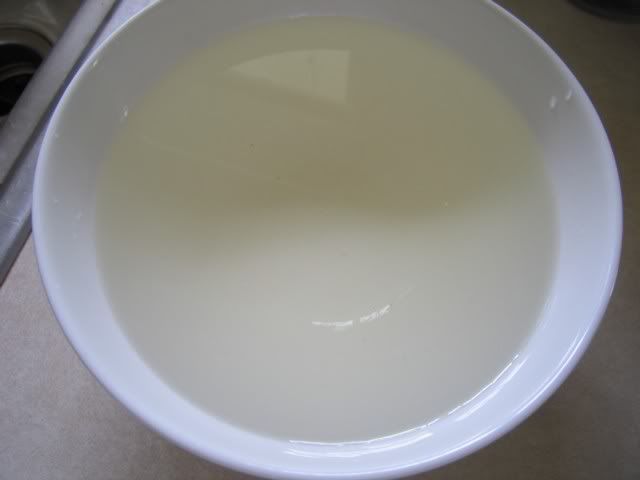
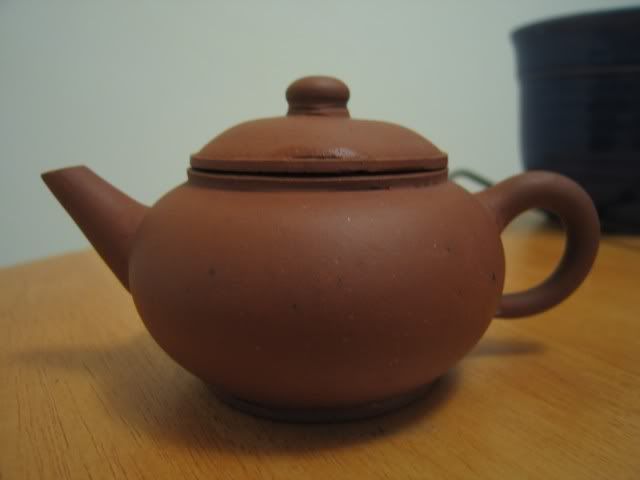
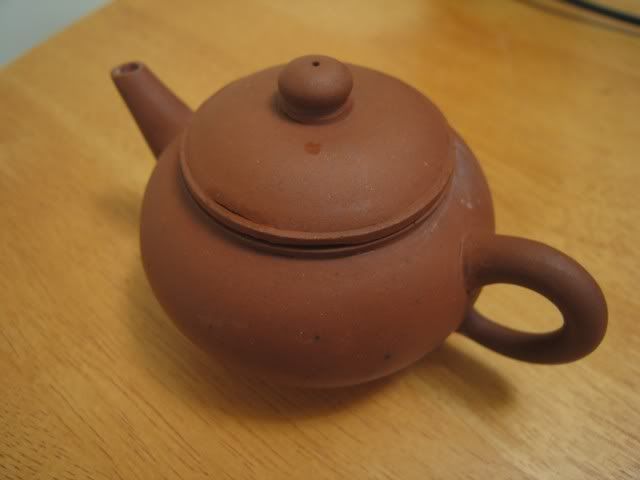
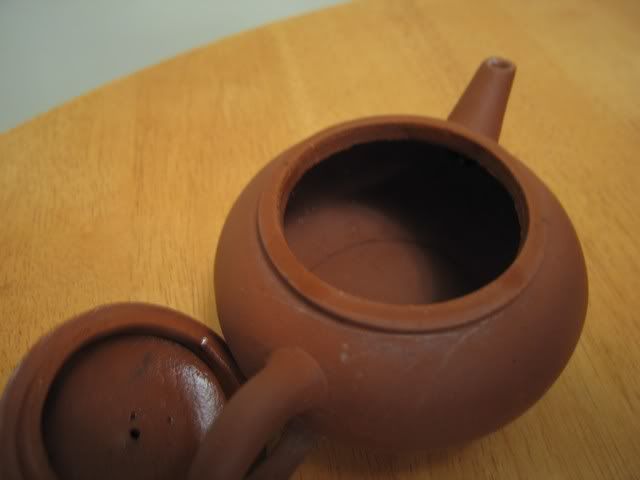


 RSS - Posts
RSS - Posts
I took you at your suggestion and have been reading some of your old post-Covid posts. I haven’t been to…